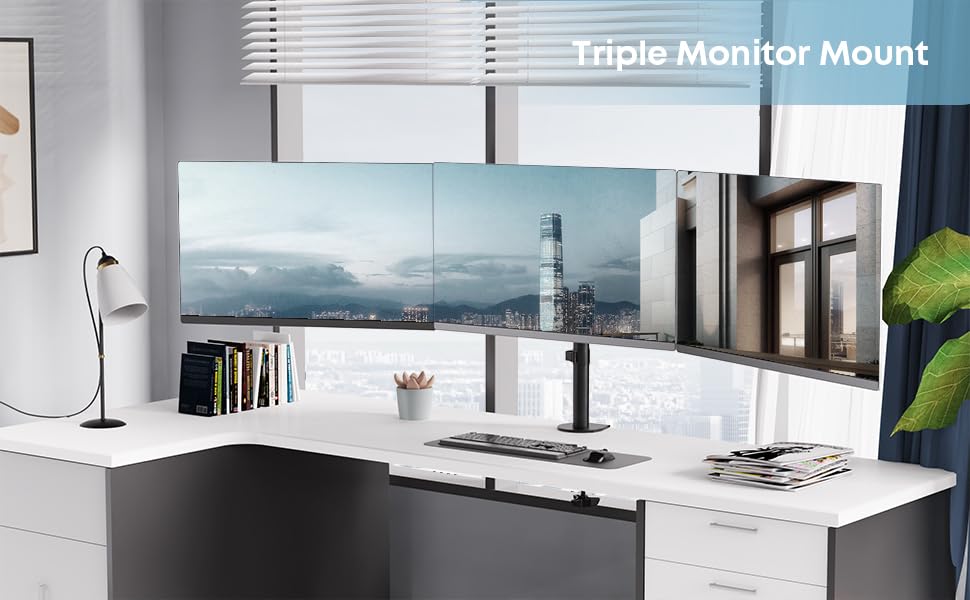No matter where you work, improving employee health and productivity is important. One of the biggest health issues affecting employees is physical inactivity, which increases the risk of cardiovascular disease, diabetes, obesity, cancer, hypertension, osteoporosis, depression, and anxiety, according to the World Health Organization (WHO). Another employee health issue is work-related musculoskeletal disorders (MSDs), with around 1.8 million workers reporting MSDs such as carpal tunnel and back injuries, and around 600,000 workers needing time off work to recover from these injuries.
The work environment can have a positive or negative impact on these health risks, including productivity and overall satisfaction. That’s why employee health, including mental health, is important for both individuals and companies.
According to a 2019 Gallup study, happier employees are also more engaged in their work, and over time, happiness can further increase.
One way employers can improve the work environment and have a positive impact on employee well-being is through ergonomics. This means using individual accommodations instead of a one-size-fits-all approach to office setups to support employee safety, comfort, and health in the workplace.
For many people, working from home means finding a quiet corner and creating a workspace in a crowded household shared by multiple workers or students. As a result, temporary workstations that do not provide good ergonomics are not uncommon.
As an employer, try the following suggestions to help improve the health of your remote employees:
Understand the work environment of each employee
Ask about individual workspace needs
Provide ergonomic desks such as workstation converter and monitor arms to encourage more movement
Arrange virtual lunches or social activities to boost morale
Ergonomics is also essential for employees in traditional office spaces, where many employees struggle to create comfortable, personalized environments like they can at home.
In a home office, an employee might have a special chair with lumbar support, an adjustable monitor arm, or a mobile desk that can be adjusted to their preferences and needs.
Consider the following options for your office:
Provide a standardized set of ergonomic products for employees to choose from
Offer personalized ergonomic assessments by certified professionals to ensure workspaces meet each user’s needs
Solicit feedback from employees on changes
Remember, investing in employee health is worth it if it helps increase productivity and morale.
Creating Benefits for Hybrid Employees
Hybrid teams in the office may be the employees who need ergonomic support the most. A 2022 survey found that employees with a hybrid schedule reported feeling more emotionally drained than those who work remotely full-time or in the office full-time.
Hybrid employees have different work environments and routines on different days of the week, making it difficult to adapt to each environment. Many hybrid workers are now bringing their own devices to work, including laptops, monitors, and keyboards, to create a more comfortable workspace that meets their needs.
As an employer, consider the following suggestions for supporting hybrid employees:
Provide a stipend for ergonomic devices that employees can use at home or in the office
Offer virtual ergonomic assessments for employees who work in different locations
Allow employees to bring their own devices to work to create a comfortable workspace
Encourage employees to take breaks and move throughout the day to avoid physical inactivity and related health issues.
In an ever-changing work environment, supporting employee health is crucial. It’s important to take care of employees while also helping to improve productivity and efficiency.
Post time: Mar-31-2023

